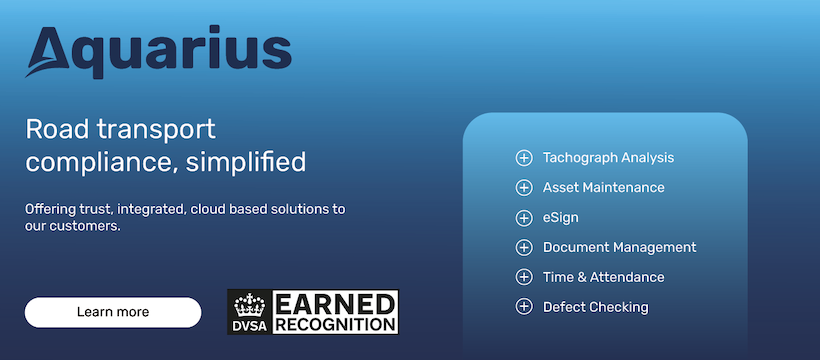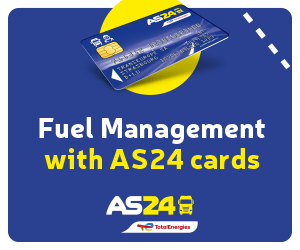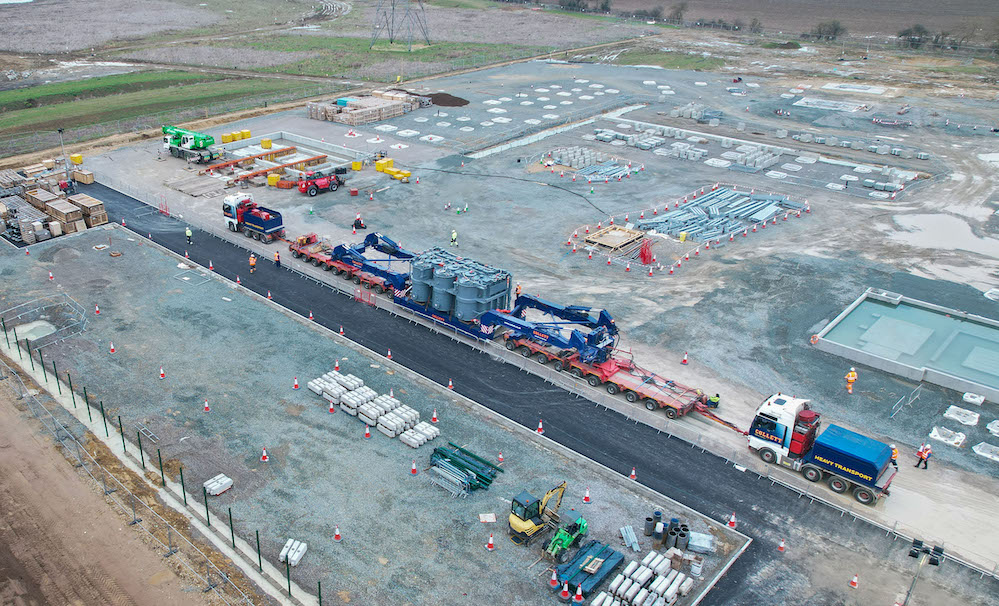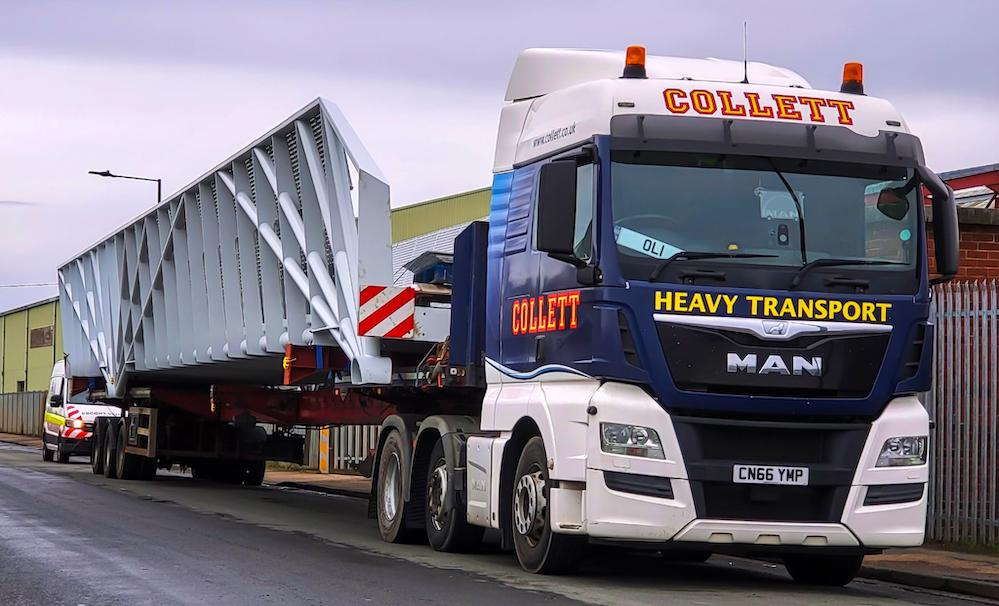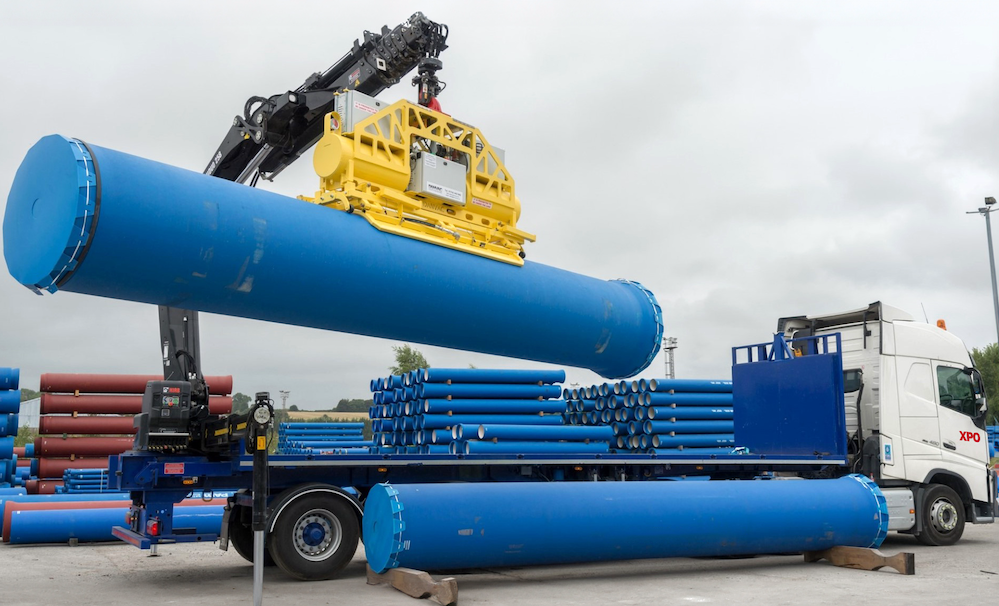Managing a fleet of Heavy Goods Vehicles (HGVs) is a challenging task, demanding a balance between efficiency, safety, and compliance. As a fleet manager, you’re constantly searching for methods to streamline operations and enhance the performance of your fleet. In this article, we’ll explore several tips specifically tailored for HGV fleet managers aiming to boost their fleet’s efficiency.
Embracing Technology for Better Management
For HGV fleets, leveraging technology not only streamlines operations but also ensures compliance with regulatory requirements. Here are some ways technology can be a game-changer for your fleet:
- Telematics Systems: Modern telematics systems provide real-time data on vehicle location, fuel consumption, and driver behaviour. This information is vital for making informed decisions, improving route planning, and reducing unnecessary fuel expenditure.
- Predictive Maintenance Tools: These tools use data analytics to predict when a vehicle might need maintenance. This proactive approach can significantly reduce downtime and maintenance costs, ensuring your fleet remains on the road and productive.
- Advanced Communication Tools: Efficient communication channels between the fleet manager, drivers, and other stakeholders are essential. Tools like mobile apps and fleet management software facilitate seamless communication, allowing for swift decision-making and response to any issues.
Enhancing Efficiency with Tachograph Analysis
One of the key areas where technology can significantly improve HGV fleet management is through tachograph analysis. Tachographs, mandatory for HGVs, record information about driving time, breaks, and rest periods. Proper analysis of this data is crucial for compliance with drivers’ hours regulations and for optimising fleet efficiency.
Using tachograph analysis software can transform raw data into actionable insights. This software enables you to monitor compliance, identify areas for improvement in driver behaviour, and optimise routes. For instance, FleetGO, a prominent provider of tachograph analysis software in the UK, offers solutions that not only ensure compliance but also help in making data-driven decisions to enhance fleet efficiency.
These tachograph analysis software UK-focused tools are designed to handle the complexities of managing HGV fleets. They provide detailed reports and real-time alerts, helping fleet managers stay on top of their fleet’s operations and compliance status. By integrating such a system into your fleet management strategy, you can significantly reduce administrative burden, ensure legal compliance, and improve overall fleet performance.
Driver Training and Engagement
Another crucial aspect of managing an HGV fleet is focusing on your drivers. Well-trained and engaged drivers are less likely to be involved in accidents and more likely to operate vehicles efficiently. Consider the following:
- Regular Training: Offer regular training sessions covering safe driving practices, fuel-efficient driving, and updates to drivers on their performance. Utilising data from telematics and tachograph analysis, you can give constructive feedback on areas such as fuel efficiency and adherence to driving hours regulations. Recognising and rewarding drivers for efficient and safe driving can also motivate them to maintain high standards.
- Health and Wellbeing Programs: Prioritising the health and wellbeing of your drivers is crucial. Drivers who are healthy and stress-free are more likely to be alert and efficient on the road. Implementing programs that focus on physical health, mental wellbeing, and fatigue management can have a significant positive impact on driver performance and fleet efficiency.
Optimising Routes and Schedules
Efficient route planning is a key factor in enhancing the performance of an HGV fleet. With advancements in GPS and mapping technology, you can optimise routes to avoid traffic, reduce travel time, and save fuel. Here are some considerations:
- Dynamic Routing: Use real-time traffic data to adjust routes as needed. This approach helps in avoiding delays due to traffic congestions or roadworks.
- Effective Scheduling: Aligning deliveries and pick-ups to avoid peak traffic times and considering driver hours regulations can make a substantial difference in operational efficiency.
- Consolidating Loads: Whenever possible, consolidate loads to reduce the number of trips. This not only saves on fuel but also reduces wear and tear on vehicles.
Sustainability Practices
As environmental concerns become more pressing, implementing sustainability practices in fleet management is not only beneficial for the planet but can also lead to cost savings. Consider these strategies:
- Eco-Friendly Vehicles: Gradually introducing eco-friendly vehicles, such as electric or hybrid HGVs, can reduce your fleet’s carbon footprint and potentially lower fuel costs in the long term.
- Reducing Idle Time: Encourage drivers to reduce idle time, which not only saves fuel but also reduces emissions.
- Regular Vehicle Checks: Ensuring that vehicles are regularly checked and maintained can improve fuel efficiency and reduce the likelihood of breakdowns.
Effective Compliance Management
Ensuring compliance with legal and regulatory requirements is a cornerstone of successful HGV fleet management. This aspect of fleet management is not only about adhering to rules but also about protecting your business from potential fines and legal issues. Effective compliance management involves several key components:
- Staying Updated with Regulations: Regulations in the transport industry can change frequently. It’s vital to stay informed about the latest rules concerning driving hours, vehicle maintenance, and safety standards. This not only helps in avoiding penalties but also ensures that your fleet operates within the legal framework.
- Regular Vehicle Inspections and Maintenance: Regular checks and maintenance of your HGVs are crucial for compliance. This includes ensuring that all safety equipment is functioning correctly, and vehicles meet emission standards. A well-maintained vehicle is less likely to face compliance issues and more likely to perform efficiently.
Monitoring and Continuous Improvement
Finally, an effective fleet management strategy involves continuous monitoring and improvement. Regularly review the performance of your fleet using the data gathered from various technological tools. Identify trends, assess the effectiveness of implemented strategies, and be open to adapting your approach as needed. Regular feedback from drivers and other stakeholders can also provide valuable insights for ongoing improvement.
In conclusion, managing an HGV fleet efficiently requires a multifaceted approach, incorporating technology, driver training, route optimisation, sustainability practices, and continuous improvement. By embracing these strategies, you can enhance the efficiency of your fleet, ensuring it remains competitive and compliant in today’s challenging environment. Remember, every step taken towards efficiency not only benefits your operation but also contributes to a safer and more sustainable road transport sector.
